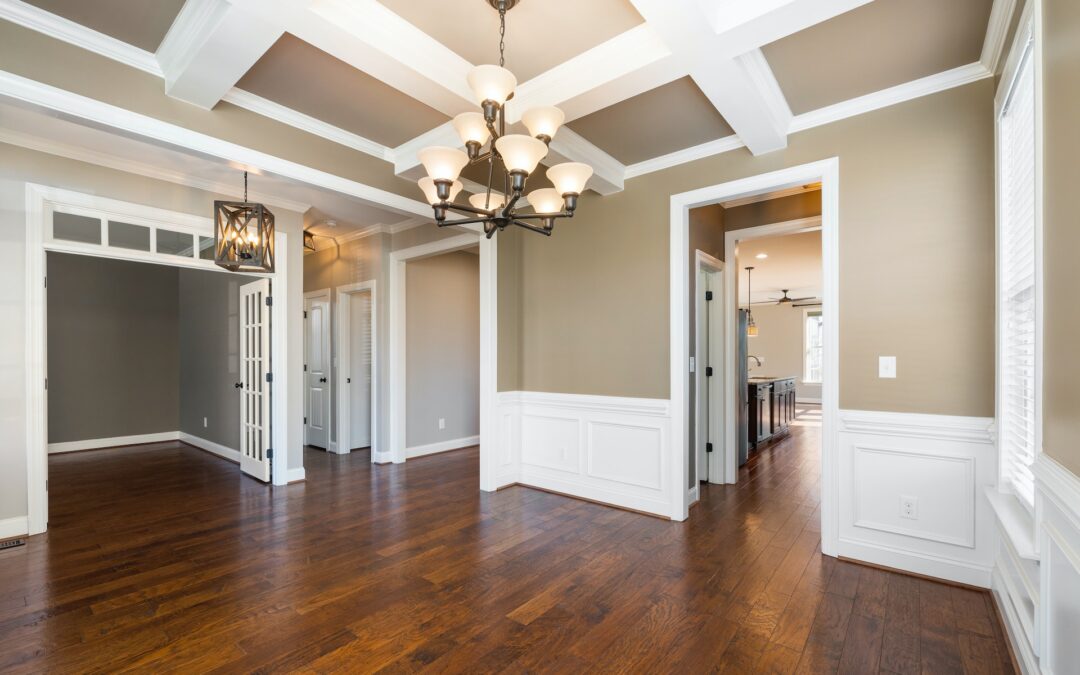Flooring is an essential element of any home, and upgrading or installing new flooring can give your space a fresh and updated look. However, many homeowners are hesitant to take on a flooring project because of the perceived high cost. The good news is that with proper planning and budgeting, a flooring project can be affordable and manageable. In this article, we will provide you with tips on how to budget for your home flooring project.
1. Determine the Scope of Your Project
The first step in budgeting for your flooring project is to determine the scope of the project. This includes the size of the area to be covered, the type of flooring material, and any additional installation or labor costs. This information will help you estimate the total cost of the project.
2. Research the Cost of Materials
Flooring materials come in a wide range of prices, and the cost will depend on the type of flooring you choose. For example, hardwood flooring is typically more expensive than laminate or vinyl flooring. Research the cost of the flooring material you are interested in, including the cost per square foot, and factor in any additional costs, such as underlayment, adhesive, or trim pieces.
3. Consider Installation Costs
The cost of installation will depend on the type of flooring material you choose and the complexity of the installation. Some flooring materials require professional installation, which can add to the cost of the project. Research the cost of installation in your area and factor this into your budget.
4. Don’t Forget About Additional Costs
In addition to the cost of the flooring and installation, there may be additional costs to consider. For example, if you are removing old flooring, there may be disposal fees. You may also need to purchase additional materials, such as transition pieces or stair nosing. Make sure to factor in all additional costs to ensure that you have an accurate budget.
5. Set Your Budget and Stick to It
Once you have determined the total cost of the project, it’s time to set your budget. Set a realistic budget that takes into account all costs, and stick to it. It’s important to remember that unexpected expenses can arise during a home renovation project, so it’s a good idea to set aside a contingency fund.
6. Consider Financing Options
If you are unable to pay for your flooring project upfront, there are financing options available. Many flooring supply companies offer financing options with flexible payment plans. Be sure to read the terms and conditions carefully to ensure that the financing option is right for you.
In conclusion, budgeting for your home flooring project requires careful planning and consideration of all costs. By following these tips, you can create a realistic budget and ensure that your flooring project stays within your financial means. Remember to research the cost of materials and installation, factor in additional costs, and set a realistic budget. With the right budgeting and planning, your flooring project can be affordable and stress-free.

